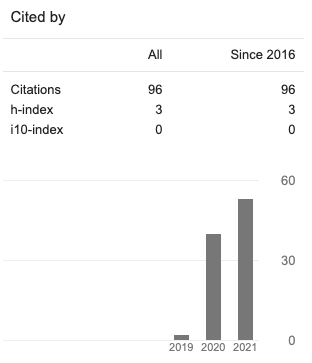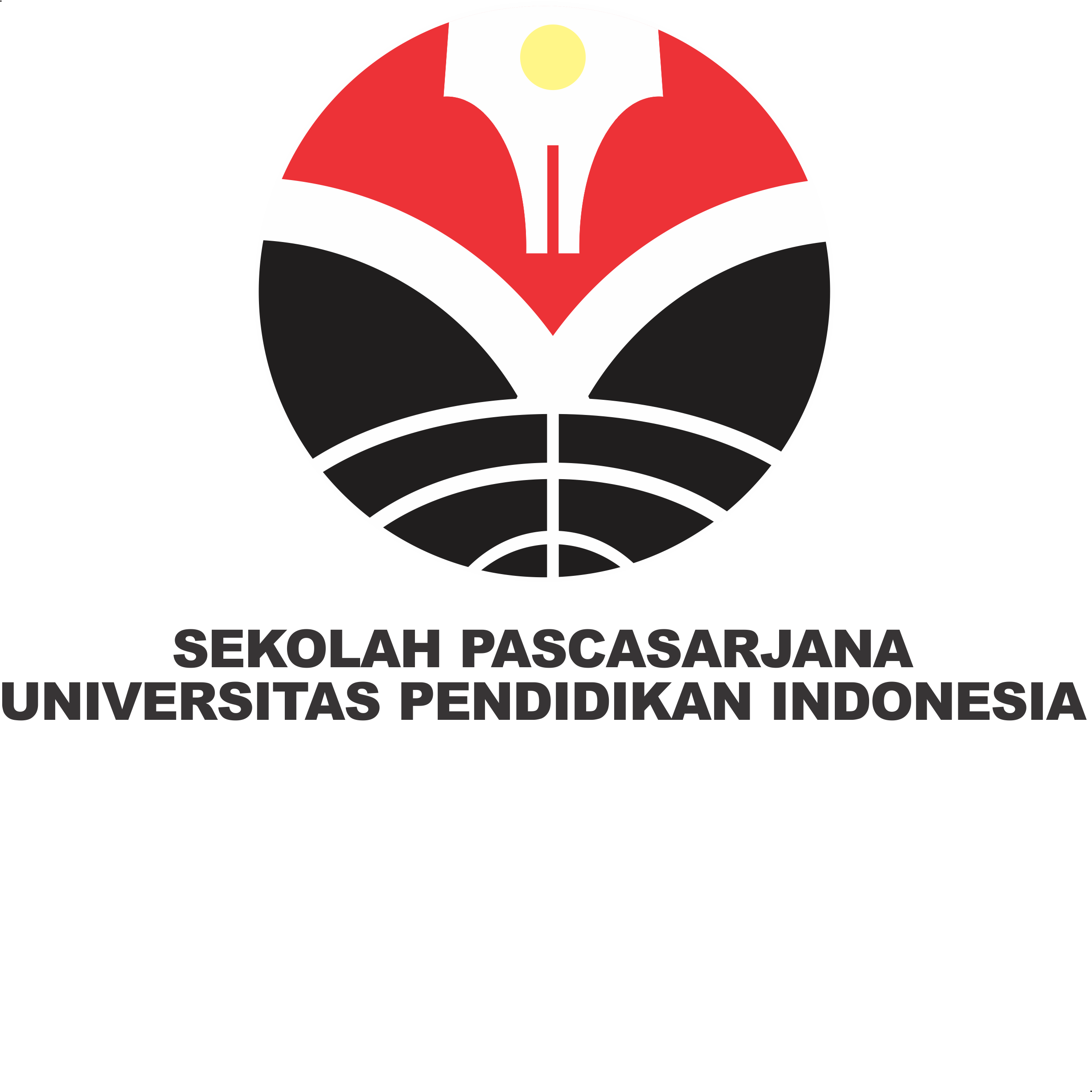Study of Decimal in Elementary Mathematics Textbooks from Ministry of Education and Culture of the Republic of Indonesia
Abstract
Textbooks are still used as the main learning resource used by teachers in school. The book must provide content that is very supportive in helping students to achieve understanding related to a topic. This study aims to analyze how decimal material is studied in mathematics textbooks published by the Ministry of Education and Culture of the Republic of Indonesia. The analysis focuses on the content and presentation of math problems available in books. This study uses a qualitative approach with analytical methods. Research findings show that the decimal material focuses more on procedural knowledge than on trying to deepen conceptual understanding. The problems in the book are dominated by problems that only reveal procedural knowledge. There are no questions that reveal representation skill, reasoning, and conceptual understanding. Based on this research, it appears that teachers should make more efforts to find learning resources that more supportive of success in learning mathematics. Because the success of learning mathematics can be seen from the development of mathematical proficiency, not only in computational or numerical skills.















